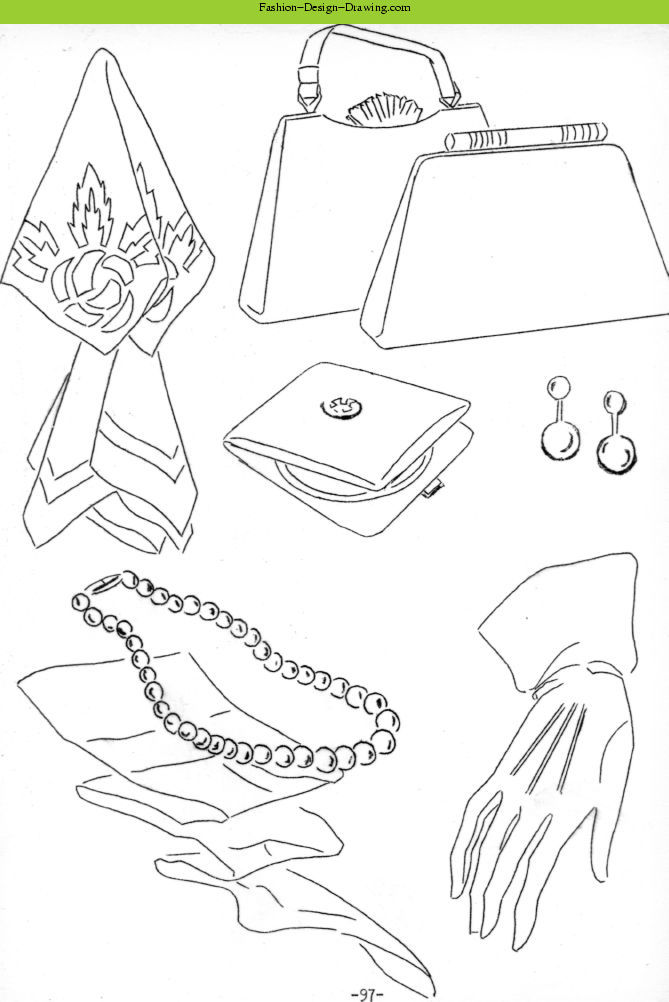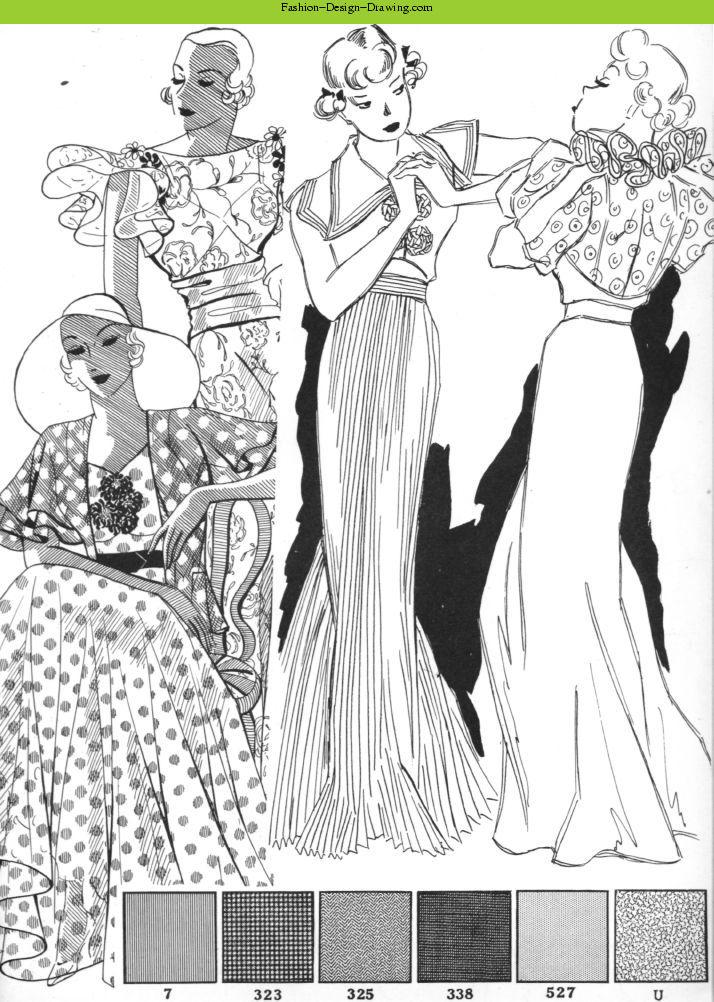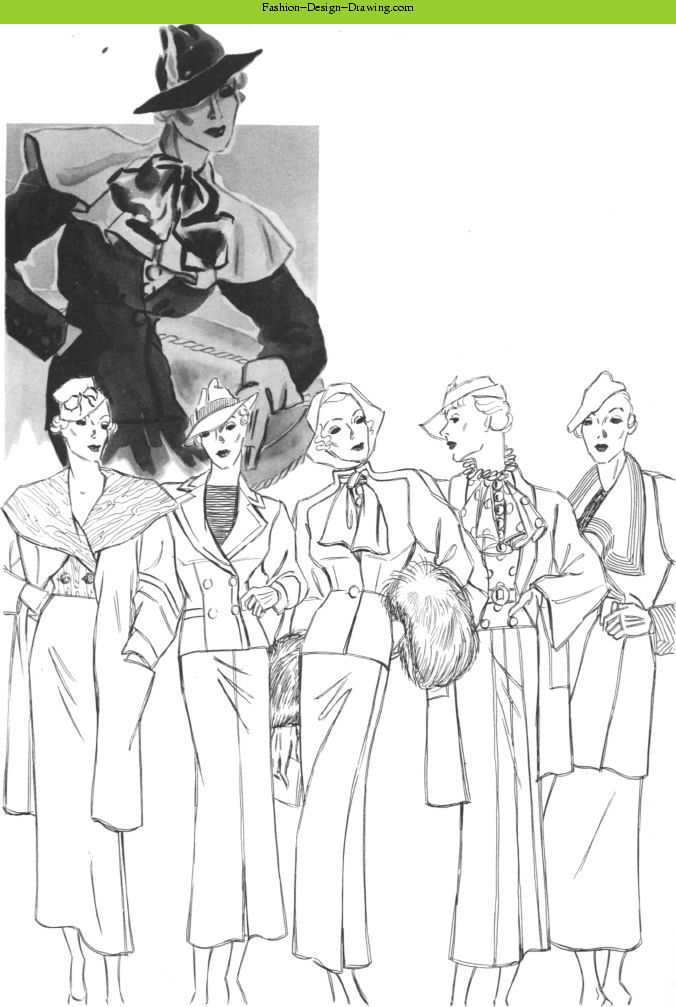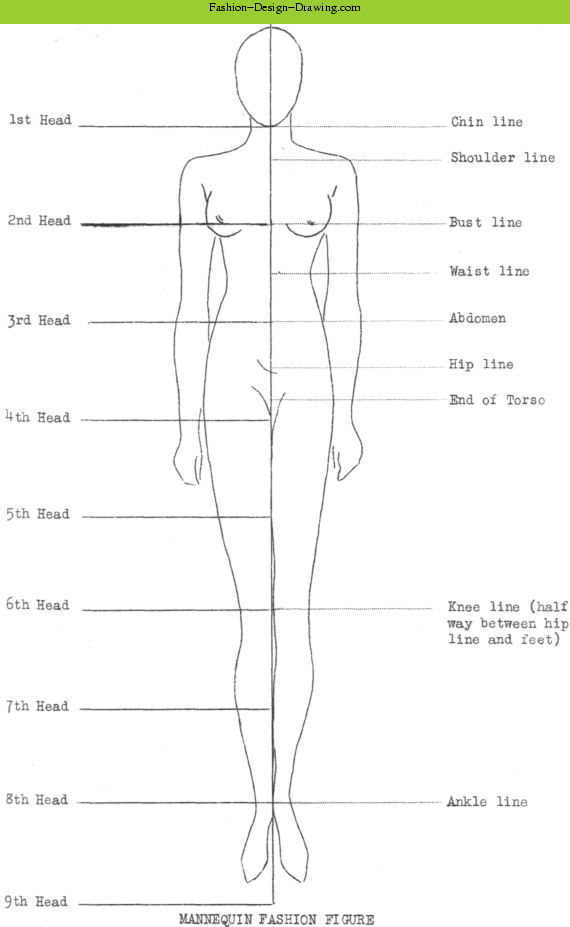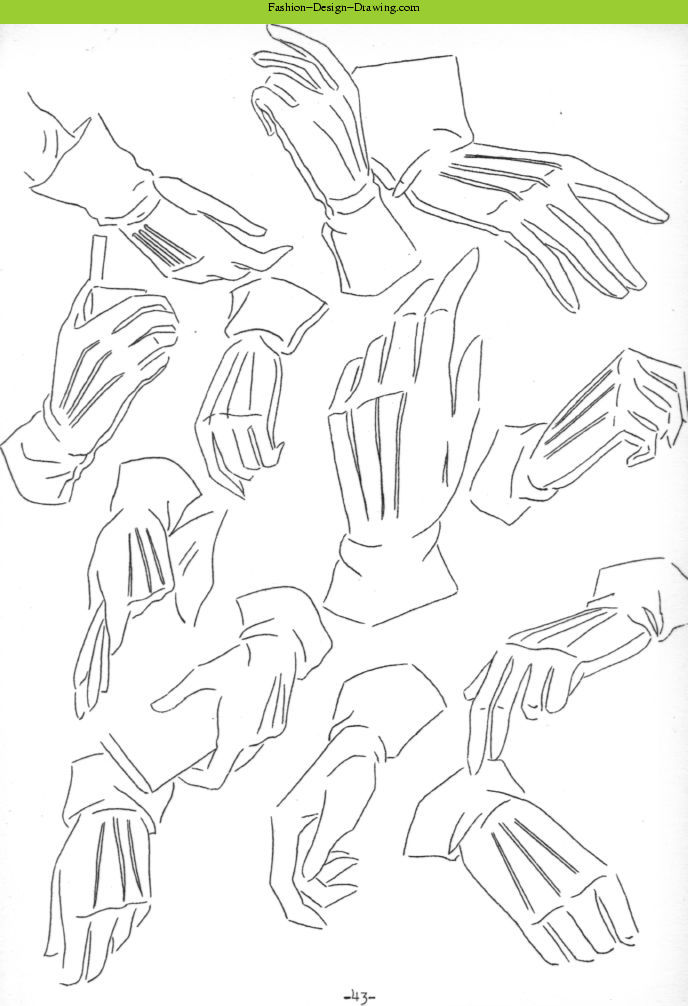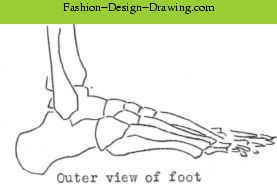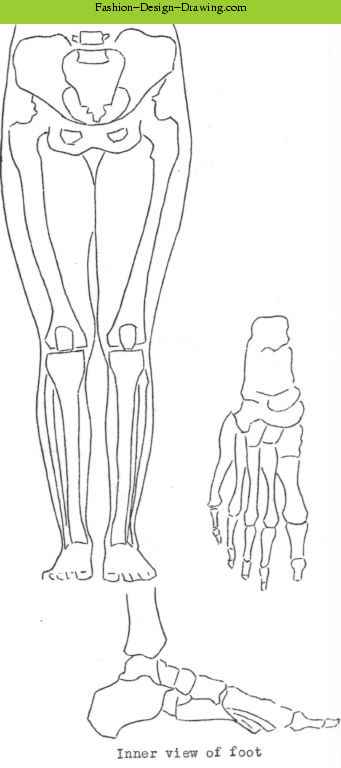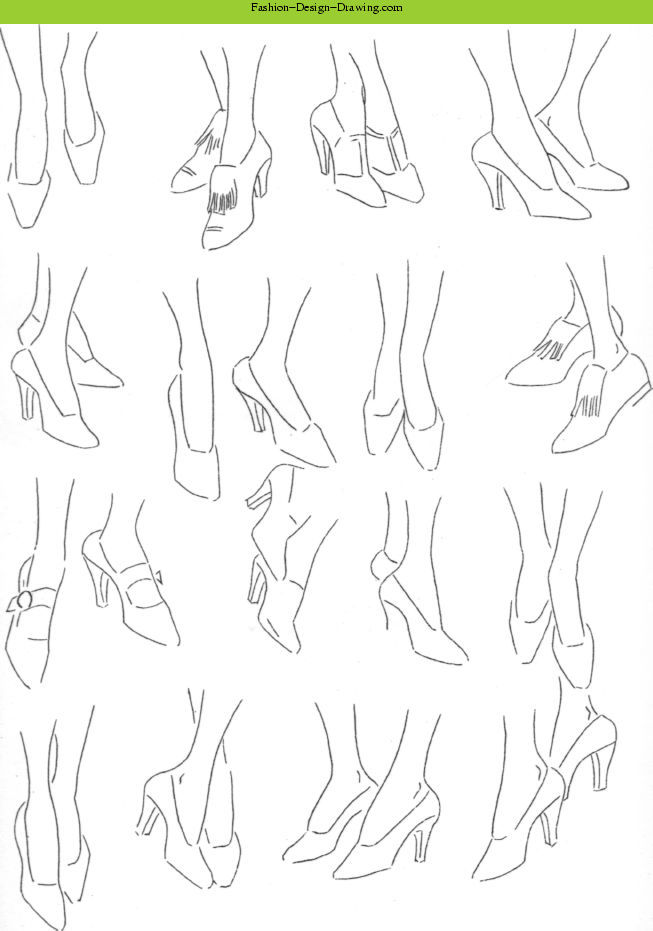Because the effects an artist can get in wash are almost limitless, it is by far the most fascinating and expressive of all media. There is a vast difference between wash and line drawings, and the amateur may have difficulty in mastering the former; but in view of the rapidly increasing demand for wash drawings the student will find it well worth his while to perfect himself in this type of work. My advice is to proceed boldly and with assurance, for in this way only can you attain the spontaneity necessary to wash drawings.
There is a different technique and approach to wash drawings than to line sketches. In the latter, your chief concern is the outline or the line itself. In wash drawings the reverse is true; as many lines and outlines as possible are omitted. One expresses himself in masses and tones, rarely ever using lines. Outlines in wash drawings are unnecessary, as the eye will not travel beyond the boundaries of the wash and are undesirable because they "tighten" a wash.
Generally speaking, transparent wash drawings may be grouped into two classifications:
1. Those in which tones are applied in a flat direct manner, simulating an opaque technique. The artist works from light to dark values, waiting until each dries before applying another.
2. Those in which tones are blended, lending a soft molded effect. The artist usually works from dark to light in this technique, blending the shades while they are wet*
Each of these techniques has advantages. The first is used more commonly for newspaper illustrations, as the clear contrasts of the tones reproduce better on coarse paper. The
second type lends a very realistic effect to a drawing and reproduces better on a smooth-finish paper like enamel stock. The beginner should master the first technique before attempting the second.
For wash technique the drawing should be prepared in the same manner as for pen and ink technique. Use illustration board or medium rough paper and a hard lead pencil. First, lightly pencil in the sketch, then erase all unnecessary lines. Next, apply thin wash of clear water directly over the drawing. A small sponge or clean rag may be used as a time saver. One should be cautious not to use too much water, as it may warp the surface of the paper. Just enough to dampen the fiber of the paper is all that is necessary. This permits the paint to go on in a smoother tone and prevents much streaking.
The amateur artist should limit himself to not more than four tones for his first few sketches. In fact, even the professional artist should guard against too many shades, as they tend to weaken and tighten a drawing and may produce an undesirable photographic effect. Fewer tones lend simplicity and looseness to a drawing - factors of utmost importance to commercial art. In fact, the fewer and more contrasting the shades, the better the reproduction.
It is advisable for the beginner to work from light to dark tones, for if he discovers his drawing is too light in values it can be darkened or strengthened by applying a darker shade over the original one. Very little can be done when the values are too dark to begin with. An art gum may be applied in some cases, but as it takes away the sparkle and freshness of the drawing it is recommended only for altering a mistake - not for general practice. Working over tones is also to be avoided, as your drawing will look worked-over instead of having transparency and life.
Values should be mixed in separate tins in the following shades: light grey, medium grey, dark grey, and black. Mix at least a teaspoonful of each value, - more if needed. It is difficult to match a shade exactly after you have started painting. Then, too, if you run out of a tone while in the process of applying it, your drawing will circle and streak around the edges that have dried; so mix up enough paint at the beginning.








